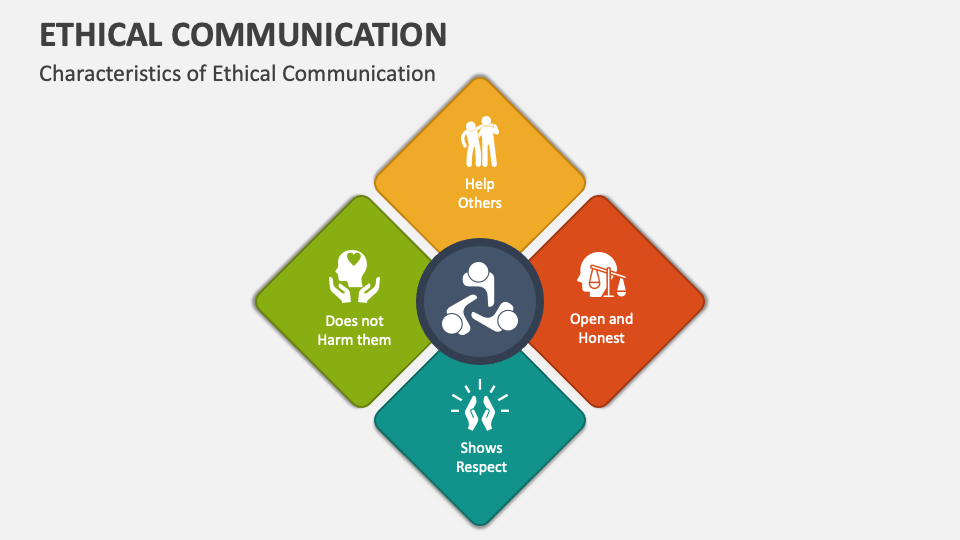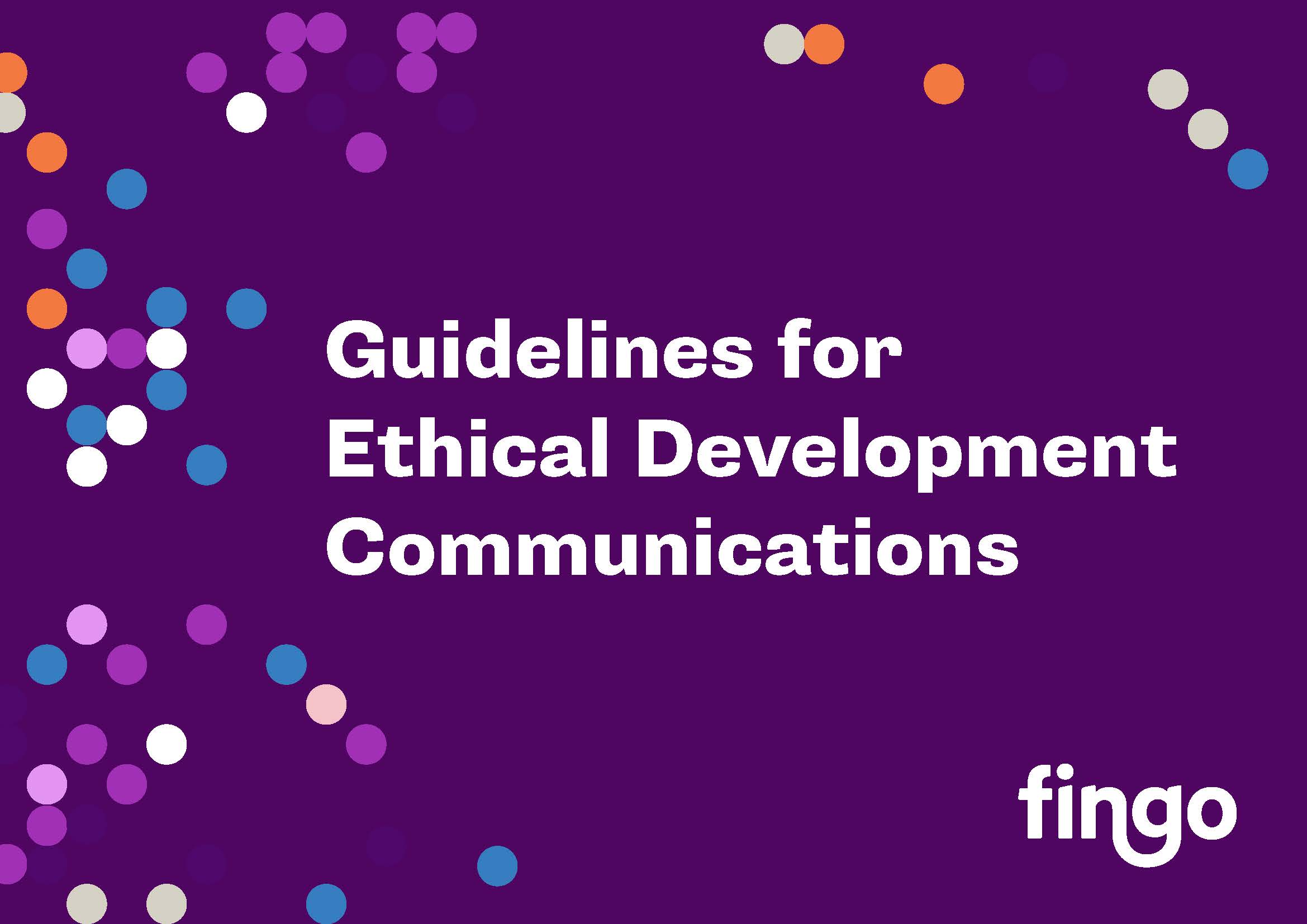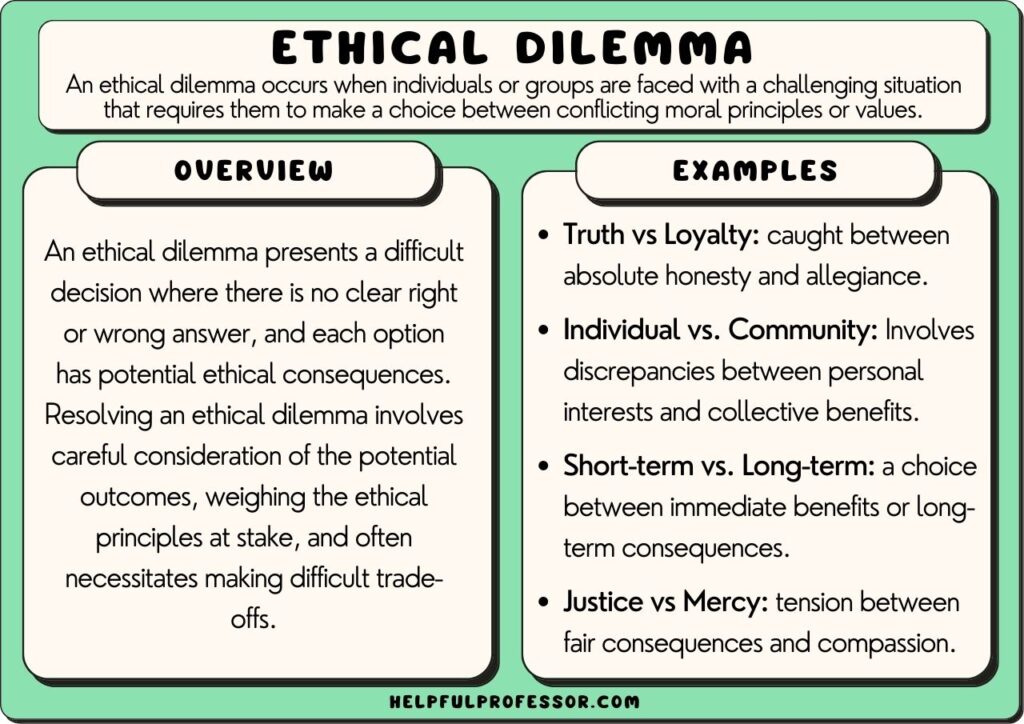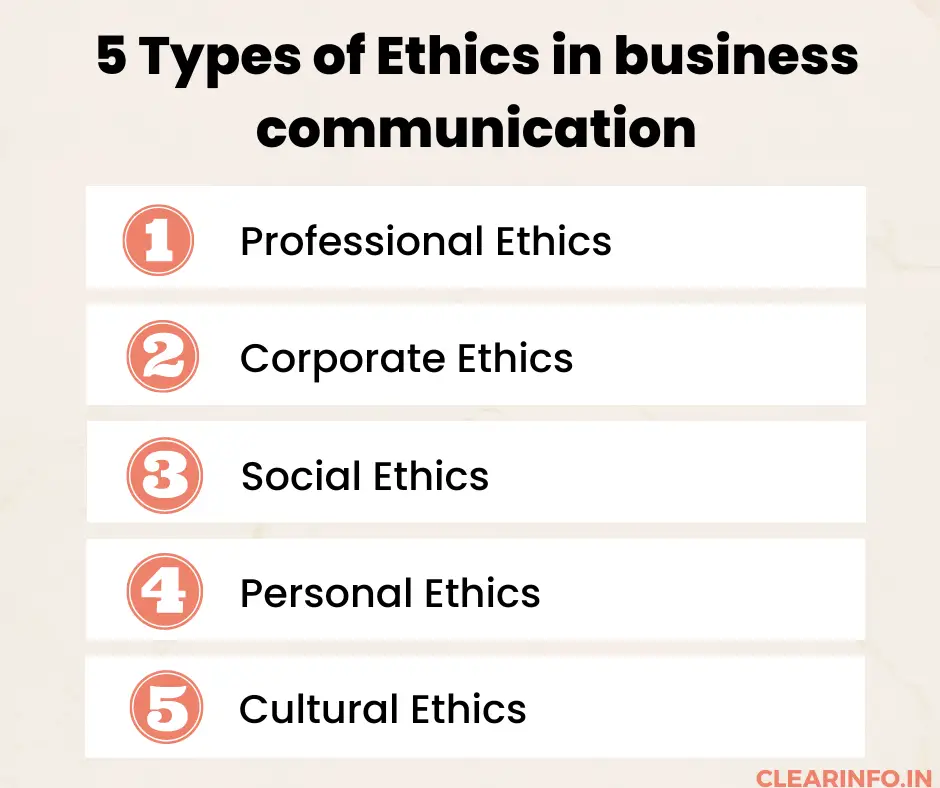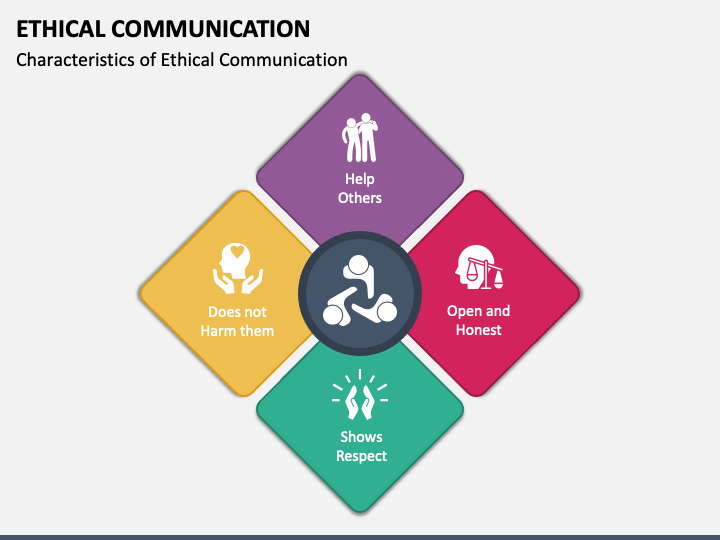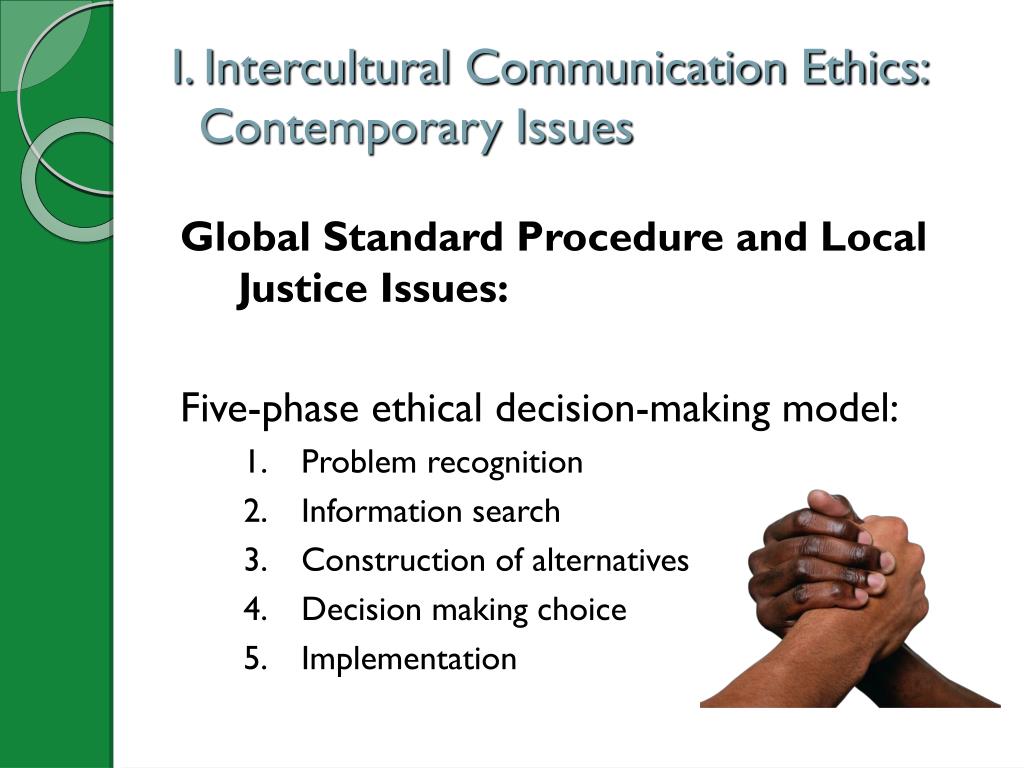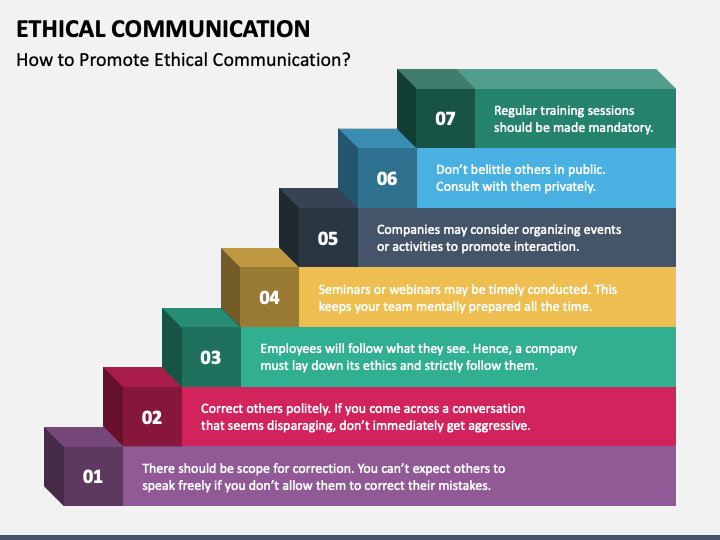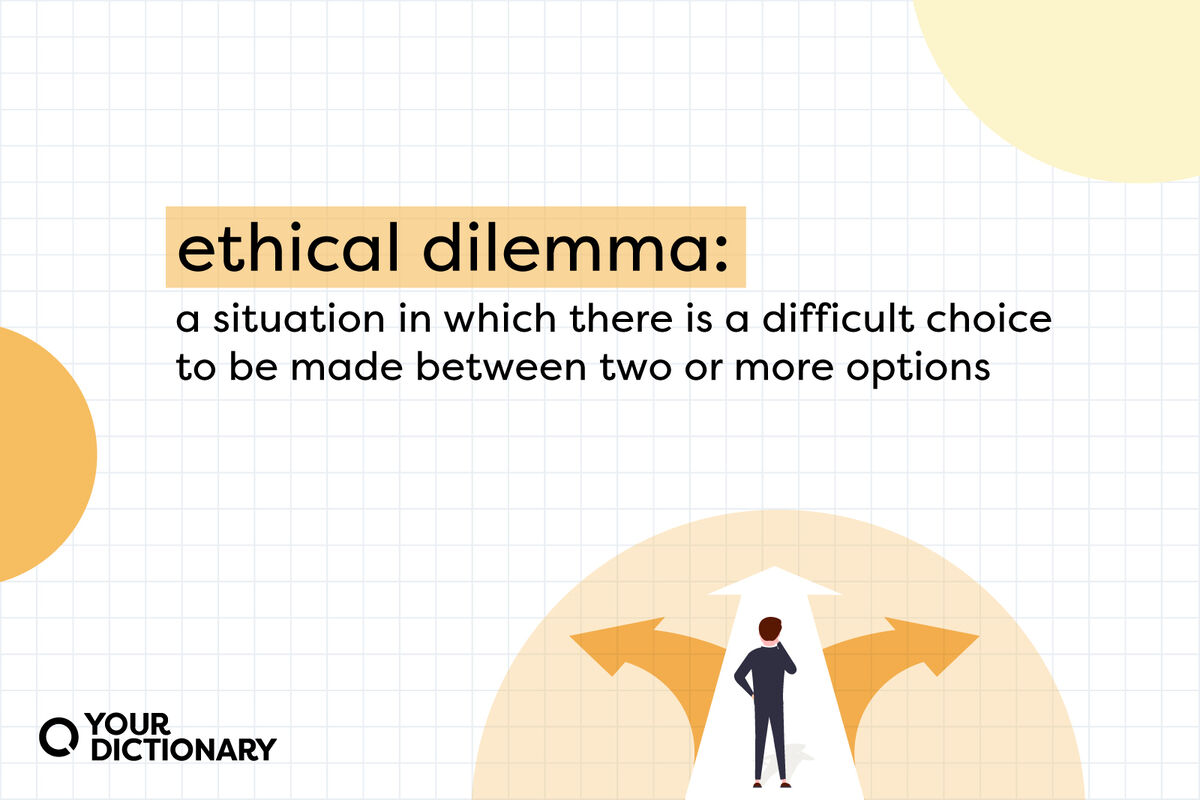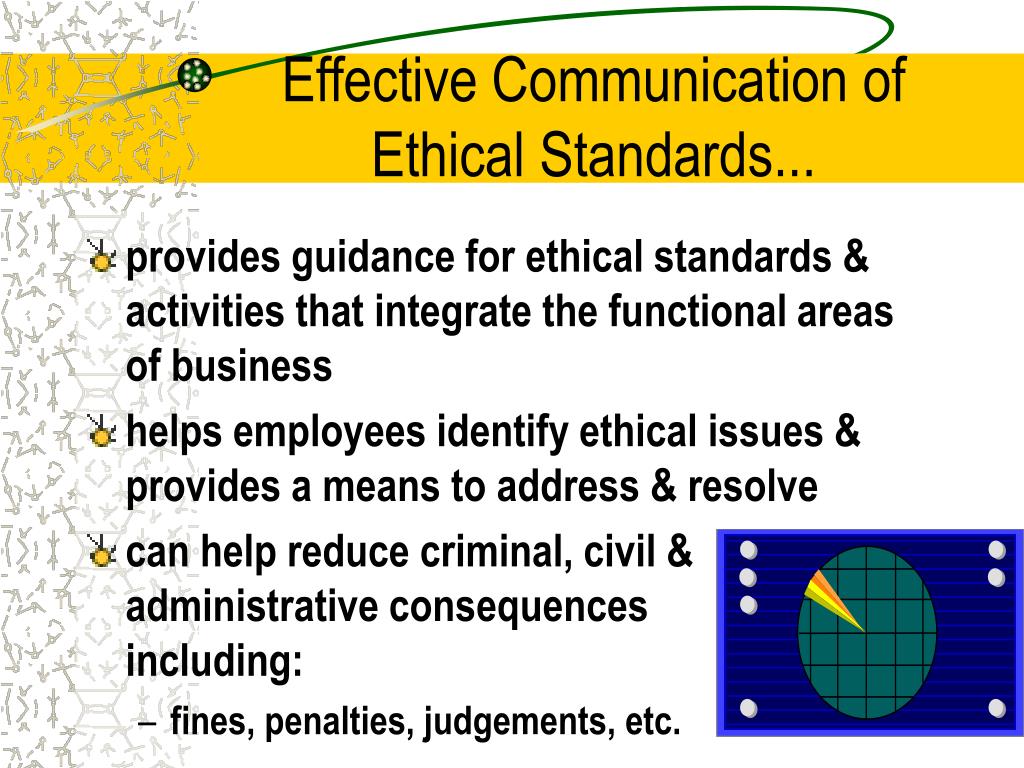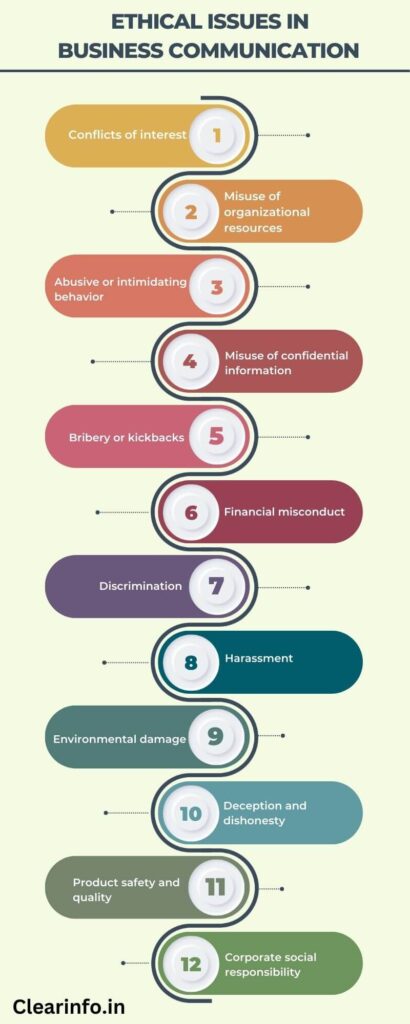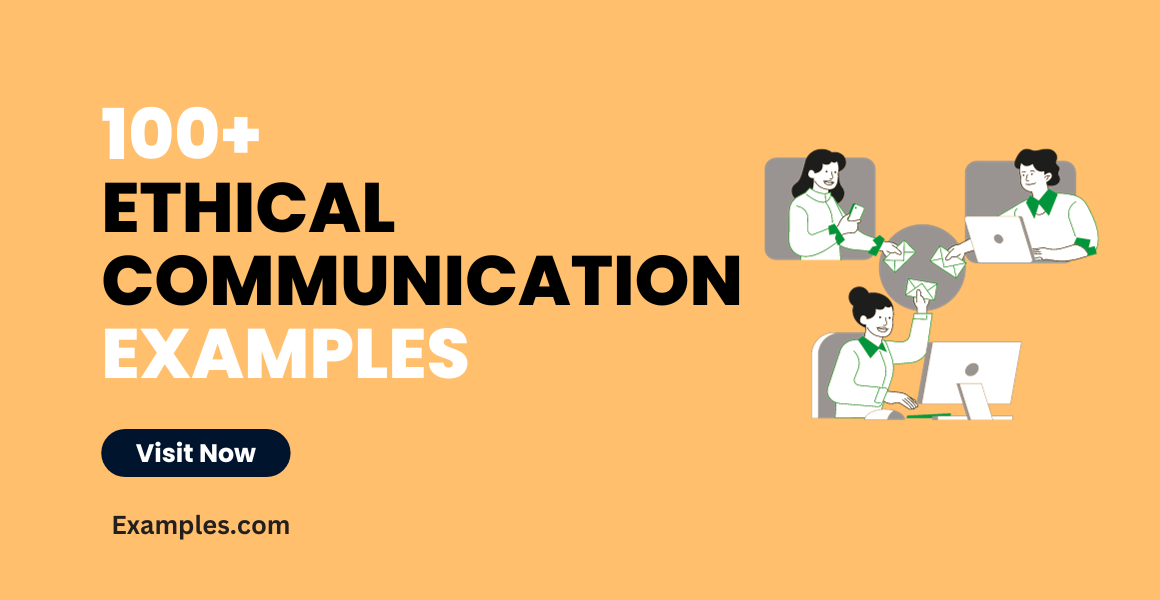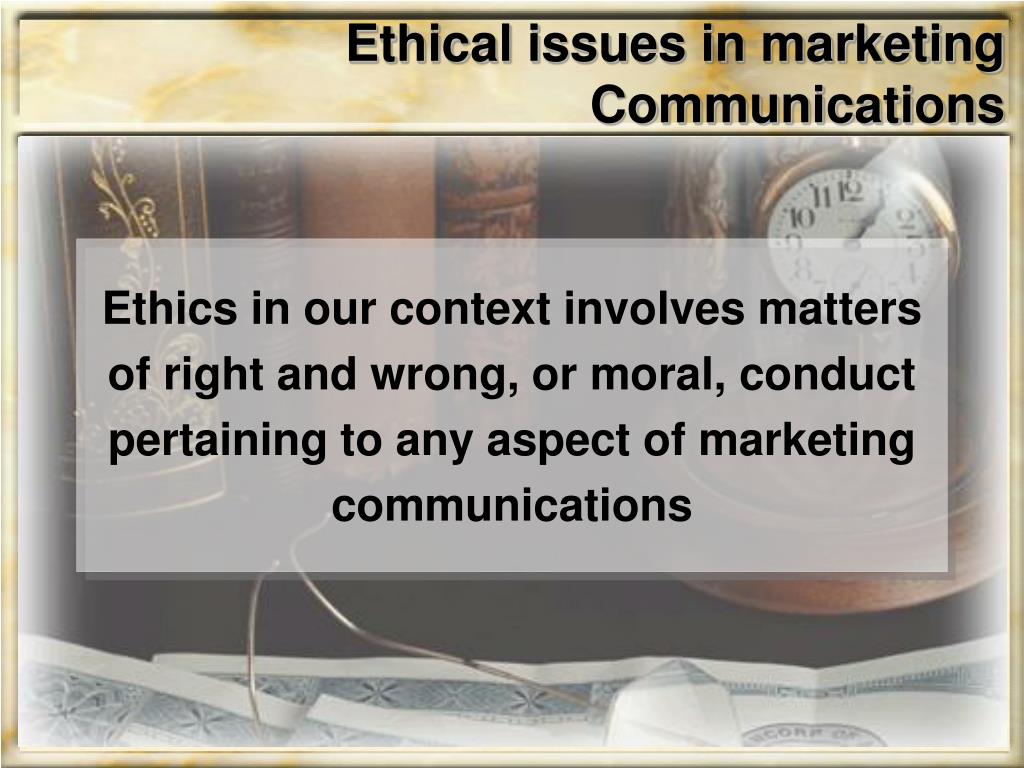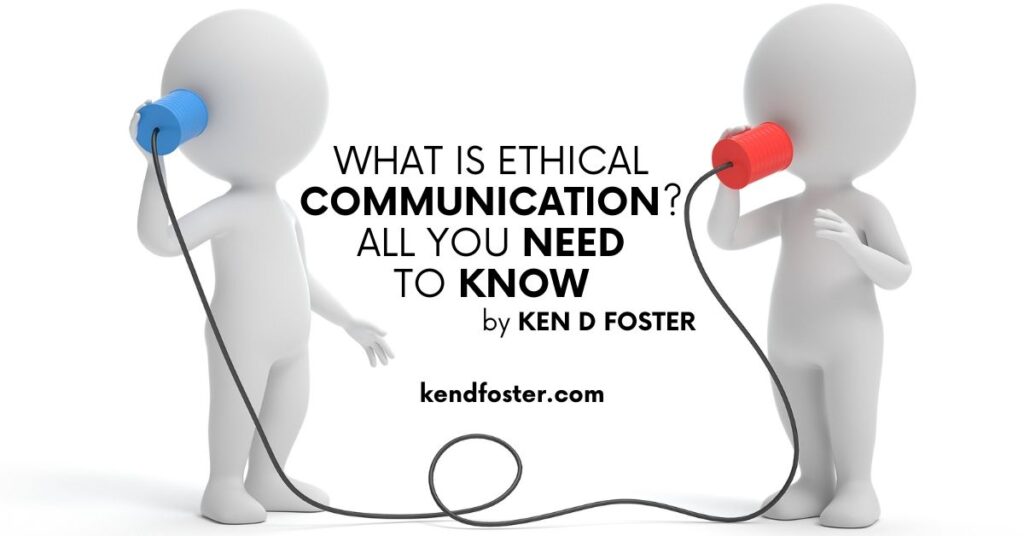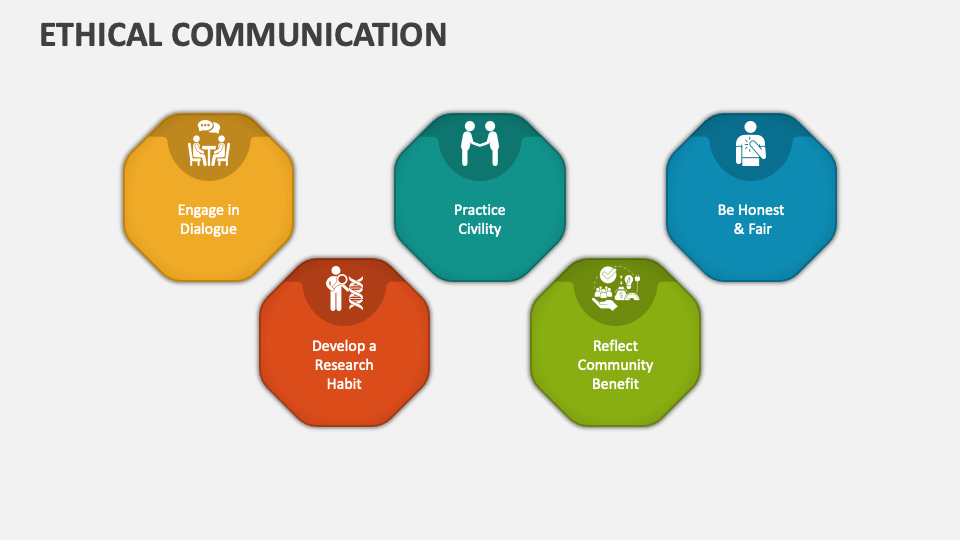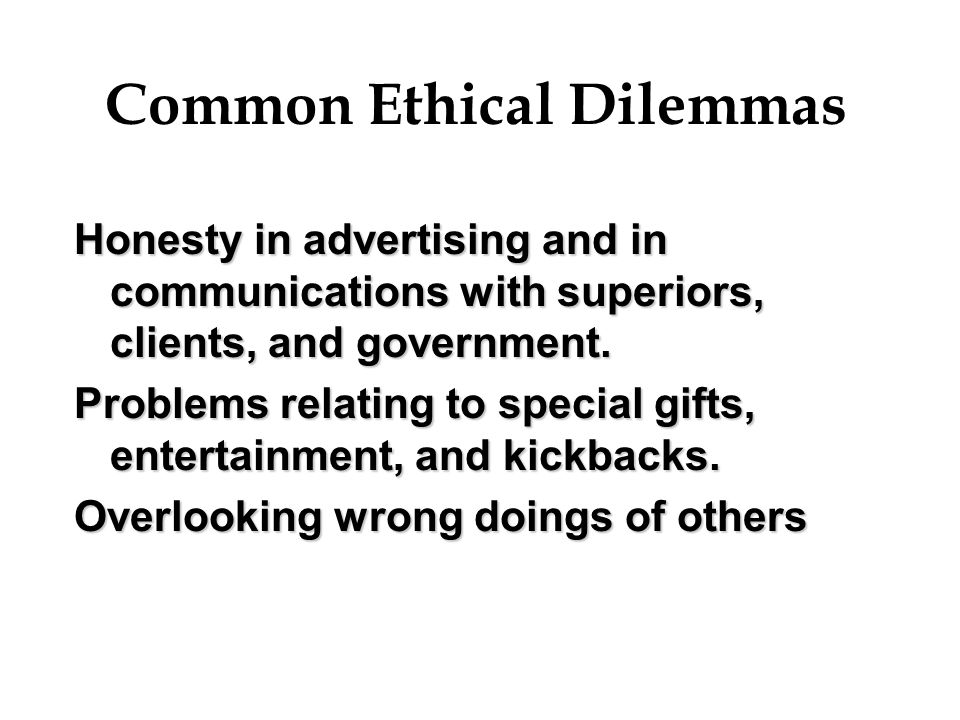Guidelines To Handle Communication Ethical Dilemmas
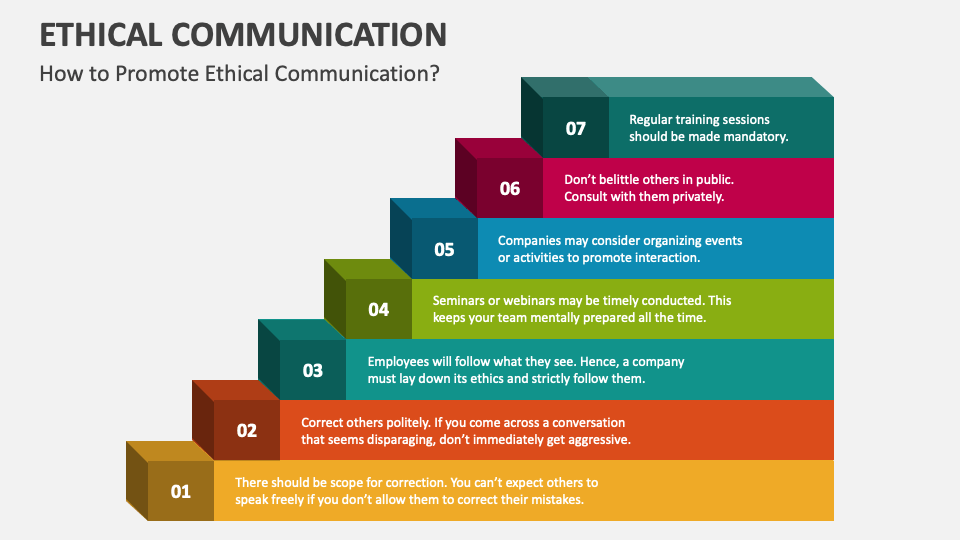
Imagine a bustling office, phones ringing, keyboards clacking, and a constant stream of emails flooding inboxes. In the midst of this whirlwind of information, a thorny issue arises: a colleague is spreading rumors about another employee's performance. You're the team lead, and everyone is looking to you for guidance. How do you navigate this delicate situation with integrity and fairness? This scenario, while fictional, reflects the everyday ethical dilemmas that professionals face in their communication.
Ethical communication is paramount for fostering trust, maintaining healthy relationships, and building a strong organizational culture. This article explores guidelines for navigating communication ethical dilemmas, offering practical steps for individuals and organizations to uphold integrity in their interactions.
The Foundation: Understanding Ethical Communication
What exactly constitutes ethical communication? It goes beyond simply avoiding lies. It involves honesty, transparency, respect, and fairness in all forms of communication, be it verbal, written, or non-verbal.
The Arthur W. Page Center for Integrity in Public Communication, a leading research center, emphasizes the importance of responsible advocacy and building public trust through ethical communication practices.
Guidelines for Navigating Ethical Dilemmas
1. Identify the Ethical Issue
The first step is recognizing that a communication dilemma even exists. This requires careful consideration of the situation, considering the potential impact on all stakeholders involved.
Is the information accurate and truthful? Could the communication harm someone's reputation or well-being? Asking these questions can help pinpoint the core ethical challenge.
2. Gather the Facts
Before making any decisions, collect all relevant information. This includes understanding the context, the perspectives of different individuals, and any existing organizational policies.
Avoid relying on hearsay or assumptions. Instead, seek credible sources and verify information before acting.
3. Evaluate Alternative Courses of Action
Once you have a clear understanding of the situation, brainstorm different ways to respond. Consider the potential consequences of each option.
Think critically: What are the short-term and long-term implications of each action? Which option aligns best with your personal and organizational values?
4. Consult With Others
Don't be afraid to seek advice from trusted mentors, colleagues, or ethical advisors. Gaining different perspectives can help you identify potential blind spots and make a more informed decision.
Many organizations have ethics committees or ombudsmen who can provide guidance on complex ethical matters. Utilizing these resources can be invaluable.
5. Make a Decision and Take Action
After carefully evaluating all options, make a decision and take action. Be prepared to justify your decision and explain your reasoning to others.
Transparency is key. Clearly communicate the rationale behind your actions, even if they are unpopular.
6. Reflect on the Outcome
After the situation has been resolved, take time to reflect on the process. What did you learn? What could you have done differently?
This reflection will help you develop your ethical decision-making skills and be better prepared for future dilemmas. The Society of Professional Journalists, for instance, emphasizes accountability as a core principle, encouraging journalists to acknowledge mistakes and correct them promptly.
Building an Ethical Communication Culture
Ultimately, fostering ethical communication requires a commitment from the entire organization. This includes establishing clear ethical guidelines, providing training for employees, and creating a culture of open communication and accountability.
Organizations like the Public Relations Society of America (PRSA) offer extensive resources and training programs on ethical communication for professionals in various fields.
By prioritizing ethical communication, organizations can build trust with their employees, customers, and stakeholders, leading to long-term success and a positive impact on society.
In conclusion, navigating communication ethical dilemmas requires a thoughtful and deliberate approach. By following these guidelines, individuals and organizations can uphold integrity, foster trust, and create a more ethical and responsible communication environment. It's a continuous journey of learning, reflection, and commitment to doing what's right, even when it's difficult. It is more than just communication, but ethical communication for the betterment of society.
